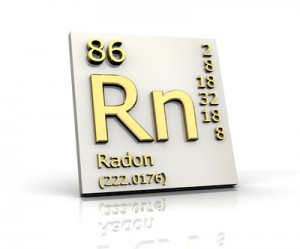Blog
What is Radon?
Radon may sound like a dangerous, deadly thing. And that’s because it is. This odorless radioactive gas ranks right behind smoking as the second leading cause of lung cancer. While you may not be able to avoid this naturally occurring gas altogether, you can make sure your Denver-area home’s indoor air quality is up to snuff with minimal levels of this harmful gas.
Where It Comes From
As uranium breaks down in water, soil and rock, radon forms and is released into the air. That contaminated air can seep into your home through leaks and cracks, especially those in the foundation.
Radon stats from the Environmental Protection Agency say one in every five homes throughout the U.S. has high levels of this gas, and Denver-area homes are not exempt. Levels are considered high when they reach 4 picocuries per liter or higher, with the snazzy abbreviation 4 pCi/L.
How to Know if You Have It
The easiest way to check your indoor air quality is to head online or to the hardware store and get a do-it-yourself radon test kit. Short-term kits stay in your home from two to 90 days. Long-term kits stick around for more than 90 days and provide a more accurate reading of your year-round indoor air quality. The kits contain a canister or chamber filled with a radon-detecting substance.
If your short-term test indicates high levels, follow it up with another short-term test or a long-term test just to be sure. Shut your windows for at least 12 hours prior to testing and avoid testing during severe winds or storms.
How to Fix It
If your indoor air quality is wholly contaminated by radon, you may have to opt for a professional contractor for help. Lower levels and prevention techniques, however, can be something you do yourself.
- Seal cracks, gaps and any openings in the foundation of your home.
- Open windows for ventilation to mingle indoor air with outdoor air. This is a temporary fix, as indoor radon can reach previous levels after windows are shut for 12 hours.
- Go for room or home pressurization by using a fan to blow air into the lower levels of your home, such as the basement, to stop the gas from seeping in.
- Install an HRV, or heat recovery ventilator, to further increase ventilation and decrease radon levels by bringing outdoor air into your home.





